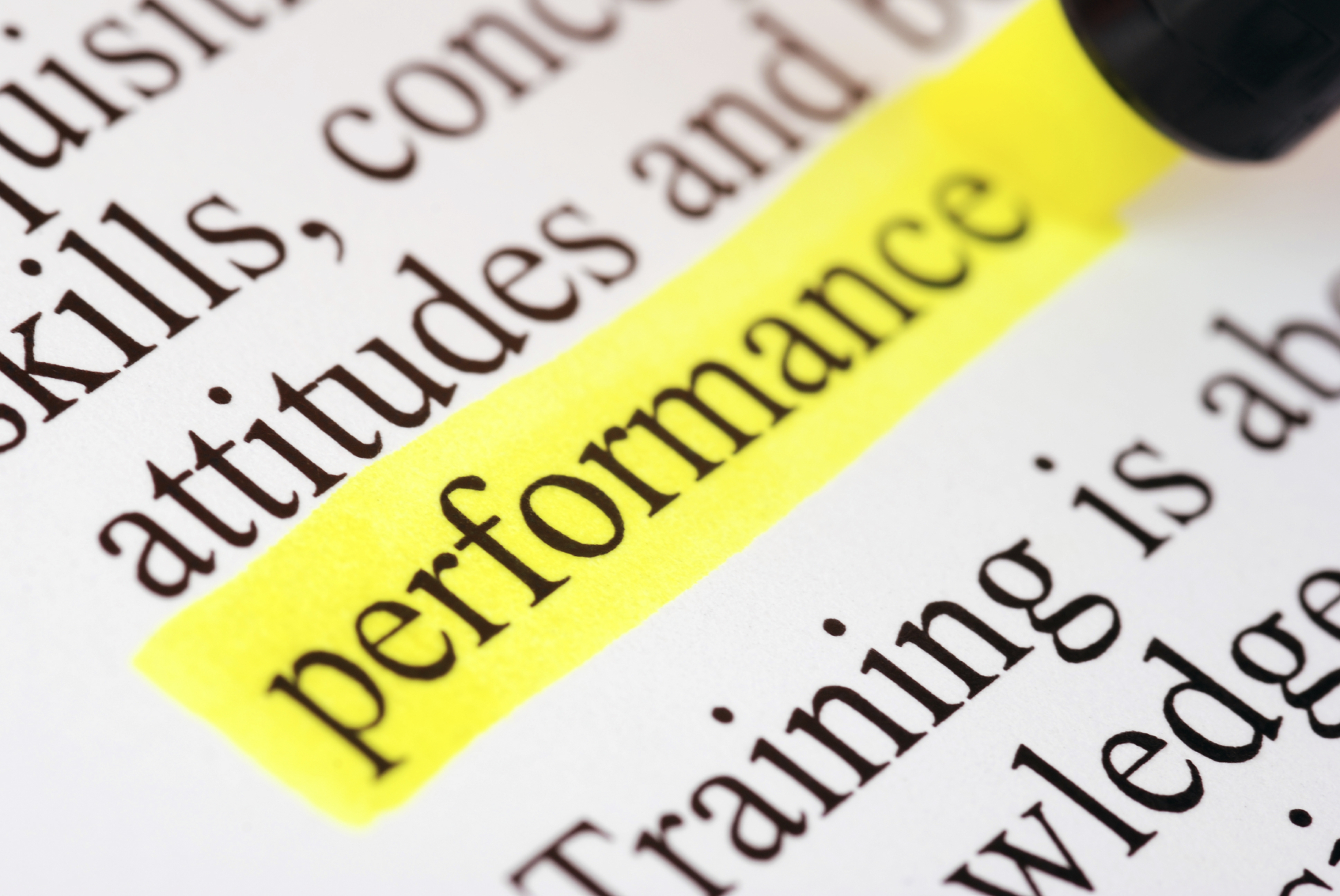A group depends on several factors to achieve performance, as has already been discussed. The organization’s strategy, authority structure, selection and training procedures, reward systems, group cohesiveness, etc. provide a climate which may be favourable or unfavourable for performance achievement.
If an organization’s strategy emphasizes on limited products, then the group members are bound to perform less.
The working relationship between the management and workers decides the performance-level.
ADVERTISEMENTS:
It is not only the group member’s performance, but external factors influencing the group members, which cause performance achievement.
The management considers performance, not in isolation with group members, but in association with structure, process, think and shift and other factors. Structural factors shows the relationship with performance.
Role perception, norms, status, group size, demographic make-up, group’s task and cohesiveness have a great influence on performance.
ADVERTISEMENTS:
An employee’s role perception and his boss’s expectations receive high consideration. Norms help explain the behaviour of group members.
When an organization needs a high output, managers expect markedly high individual performances. Similarly, status inequities create frustration and adverse effects on productivity.
Equity preferences dominate the work performance because the non- observation of equity may lead to reduced motivation.
Equity maintenance increases the willingness of workers. Similarly, larger groups are more effective in fact-finding.
ADVERTISEMENTS:
The demographic composition of the organization has more influence on performance. Gender, education, age, income and status are influencing factors.
Highly educated persons may not be fit for manual performance, while they are necessary for the thinking process. Group think and shift as well as cohesiveness have positive impacts on the performance.
